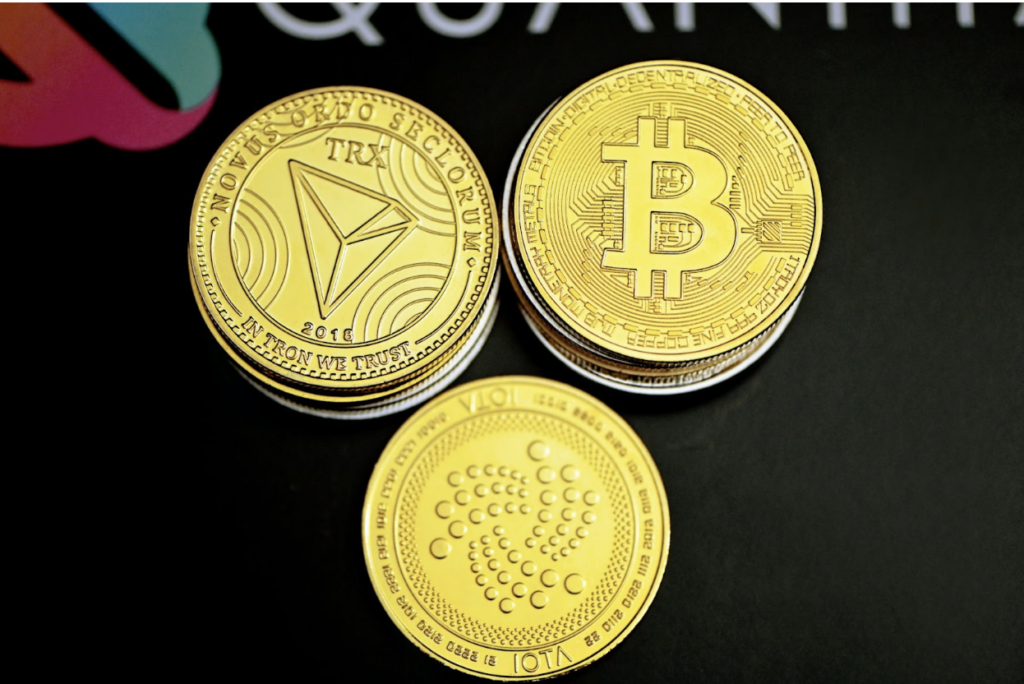With smart contracts at its heart, blockchain technology is assuming a central role in the rapidly changing field of digital innovation. The Solana blockchain, one of the pioneers, has been creating waves and changing how these contracts are carried out. The next segments explore the intricacies of Solana’s smart contracts and their capacity to revolutionize the domain of decentralized transactions.
In the blockchain industry, Solana’s design is revolutionary since it offers quick and affordable smart contract operations. Understanding Solana’s role in upcoming financial systems—which are trending toward incorporating blockchain’s safe and effective asset management—is especially important given the market’s well-known volatility.

Blockchain and smart contract technology evolution
The world of blockchain has changed dramatically, and smart contracts have played a key role in the shift to decentralized online transactions. Thanks to Solana’s addition of features that broaden the scope of blockchain technology, these contracts—which automatically carry out coded agreements and do away with conventional middlemen—have been improved.
For an understanding of Solana’s possible influence on financial markets that are becoming increasingly open to the benefits that blockchain technology can provide, it is imperative to recognize the departure from Ethereum’s protocols.
Solana’s Architecture for Smart Contracts
Solana’s cutting-edge smart contract architecture puts it at the forefront of decentralized application (DApp) interactions. Examining the technical specifics will reveal what makes Solana special in the realm of digital contracts.
Rethinking Smart Contracts
Solana’s stateless contract design sets it apart from the Ethereum Virtual Machine (EVM) ecosystem’s stateful contracts. Through the separation of data and logic, scalability and efficiency are enhanced, enabling parallel processing and higher transaction throughput.
Information is kept in separate accounts inside this ecosystem and is accessible to several apps without needing to duplicate programming. Because smart contracts only communicate with the required code, the blockchain becomes more effective and computationally light as a consequence.
A Method for Quick Processing
Sealevel runtime is the cornerstone of Solana’s transactional velocity, allowing for concurrent transactions over separate state accounts. This enhances the transaction capacity of the network significantly by simulating how a CPU manages several tasks.
Proof of History (PoH), one of Solana’s unique consensus techniques, maximizes transaction sequencing and reduces the requirement for extensive node-to-node communication. Together, Sealevel and PoH build a very fast, decentralized, and reliable network.
A demonstration of Solana’s dedication to developing blockchain technology toward a more scalable and efficient future is its smart contract design.
Prospects & Estimates for the Solana Market’s Growth
Solana’s cryptocurrency, SOL, is predicted to rise sharply to $3,211.28 by 2030, with a broad range of predictions from cautious to enthusiastic. These projections account for Solana’s potential connections to DeFi, internet gaming, and the growing NFT sector.
The difference between these projections demonstrates the volatility of the cryptocurrency market, which is influenced by a wide range of intricate elements like investor sentiment, technological developments, and broader economic issues that will ultimately define Solana’s position in the market.
These market dynamics are also reflected in the way smart contracts are revolutionizing contract management, a topic Zegal delves into with clarity.
Fintech’s New Paradigm: Solana Smart Contracts
The meaning of financial transactions is changed by Solana’s smart contracts. They offer a secure, automated substitute for conventional financial processes, which might result in cost savings and increased output.
Improving Accounting Practices
The impact of Solana’s smart contracts extends beyond transaction speed. They might greatly improve the efficacy and security of financial operations by promoting a more complex approach to carrying out multi-party transactions. They may also bring in a new wave of economic activity driven by cryptography advancements.
Using Solana to Enable Decentralized Applications
Many developers are turning to Solana because of its greater ability to handle high-performance apps as the DApp ecosystem grows. Solana’s appealing qualities include:
- Scalability refers to the capacity to process thousands of transactions per second.
- Efficiency in terms of cost: Low costs that help both developers and end users.
Even with the network’s growth, developers continue to face the same security and technological obstacles that come with a developing blockchain. However, there is a good chance that creative DApps can be created on Solana.
Overcoming Obstacles and Grasping Chances
There are several technological obstacles and growth prospects along Solana’s route. Maintaining its reputation for reliable and fast transactions is crucial, as is strengthening its defenses against cyberattacks.
The platform, which offers affordable and scalable choices, is starting to establish itself as an enterprise-ready solution. Its ecologically responsible PoH consensus makes it a desirable option in a world where environmental consciousness is growing.
- Aiming for network balance in the face of increasing demand is known as technical resilience.
- Security Enhancements: Constantly enhancing its defenses against malevolent assaults.
Aspects to Take Into Account for Industry Adoption
The rise of Solana’s smart contracts is expected to have an impact on many different industries. These sectors, which include gambling and banking, stand to benefit from Solana’s introduction of efficiency, openness, and security.
However, negotiating the legal environment and developing technological savvy are necessary for obtaining widespread acceptance. The necessity for strong industrial frameworks to properly realize the revolutionary potential of Solana’s smart contracts is commensurate with that potential.
In conclusion, Solana’s Smart Contracts’ future
Solana’s smart contract platform captures the blockchain’s transformational power. It provides an intriguing look into the direction that digital transactions and decentralized apps are taking thanks to its rapid processing, economical nature, and reliable infrastructure.
Given the global trend towards decentralized systems, Solana’s platform is clearly innovative. The longevity of its success is contingent upon its capacity to adapt to the ever-changing landscape of the blockchain industry.
The story of Solana’s smart contracts is one of remarkable innovations and limitless possibilities, challenging established financial models and redefining what safe, decentralized transactions in the digital age actually entail.
